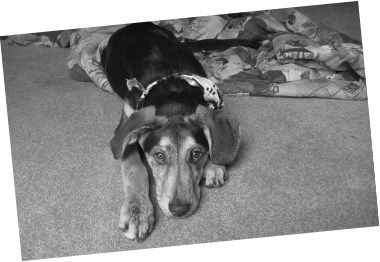With this blog series I hope to
bring a little bit of clarity to the confusing world of pet food and
nutrition. Nutrition is a relatively
complicated topic and there is a lot of misinformation floating around. Combine
that with expert marketing departments and it is no wonder many pet owners are
confused about what food they should feed their pet.
The diets we sell in the clinic are veterinary prescription diets and are
only available through a veterinary clinic. They are formulated specifically to
treat and prevent medical conditions. Think of them like a prescription for a
medication without any associated side effects! These foods have undergone extensive
research to ensure they have a significant positive impact on the medical
condition they target. Studies of the foods last for months or even years to
assess their effects. Grocery store foods on the other hand only need to
undergo a 6 week feeding trial and often do not have any research done beyond
that point.
Let’s look at a side by side comparison: Pet store dental diets have a
larger kibble size to try to help mechanically break tartar off the teeth. The
veterinary prescription diet has this feature but also includes ingredients to bind
calcium and prevent plaque from becoming tartar. We have studies looking at exactly
how effective they are at tartar prevention. In addition there is a small dog
option that is formulated to prevent bladder stones, a common problem in
smaller breeds. Your pet store dental diet may help with tartar build up, however
the company does not have research to show how effective their diet is. Your
veterinary diet has the research to back it up along with several other added
benefits.
Research shows that our veterinary diets are highly digestible ie: most of
the ingredients are absorbed and used by the animal rather than being passed out
as waste. Pet store brands may add
ingredients that sound very beneficial but no study has been done to assess
whether the pet is actually able to absorb these extra ingredients.
So you can see why there is a price difference between that veterinary diet and your pet store food. That being said our aim is to prevent or treat medical problems so you don’t have to spend more money on costly treatments.
Stay tuned to more answers
to FAQs on pet foods.
Thanks for reading!
Dr Ingrid






















